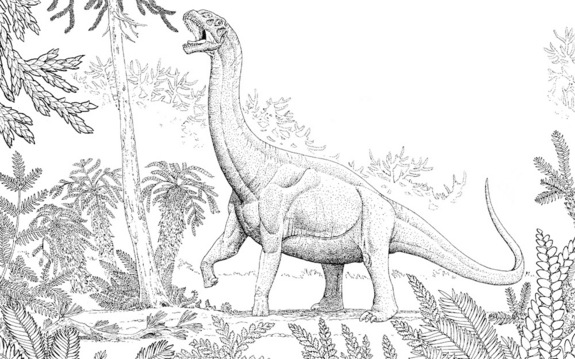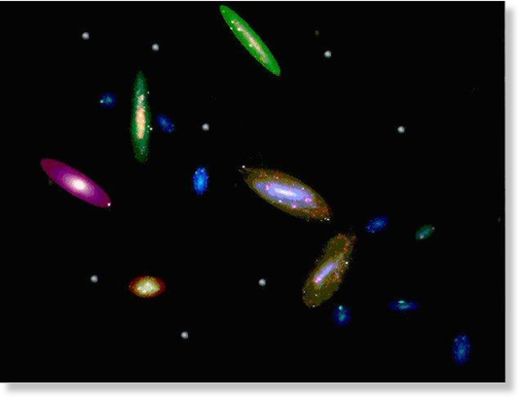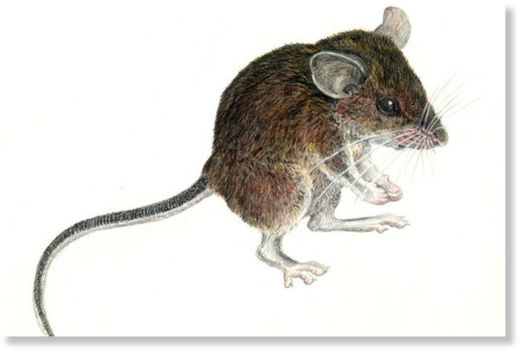
"Just as a fish may be barely aware of the medium in which it lives and swims, so the microstructure of empty space could be far too complex for unaided human brains."Our known Hubble length universe contains hundreds of millions of galaxies that have clumped together, forming super clusters and a series of massive walls of galaxies separated by vast voids of empty space.
Sir Martin Rees, Astronomer Royal, physicist, Cambridge University
Great Wall: The most vast structure ever is a collection of superclusters a billion light years away extending for 5% the length of the entire observable universe. It is theorized that such structures as the Great Wall form along and follow web-like strings of dark matter that dictates the structure of the Universe on the grandest of scales. Dark matter gravitationally attracts baryonic matter, and it is this normal matter that astronomers see forming long, thin walls of super-galactic clusters.
If it took God one week to make the Earth, going by mass it would take him two quintillion years to build this thing -- far longer than science says the universe has existed, and it's kind of fun to have those two the other way around for a change. Though He could always omnipotently cheat and say "Let there be a Sloan Great Wall."










